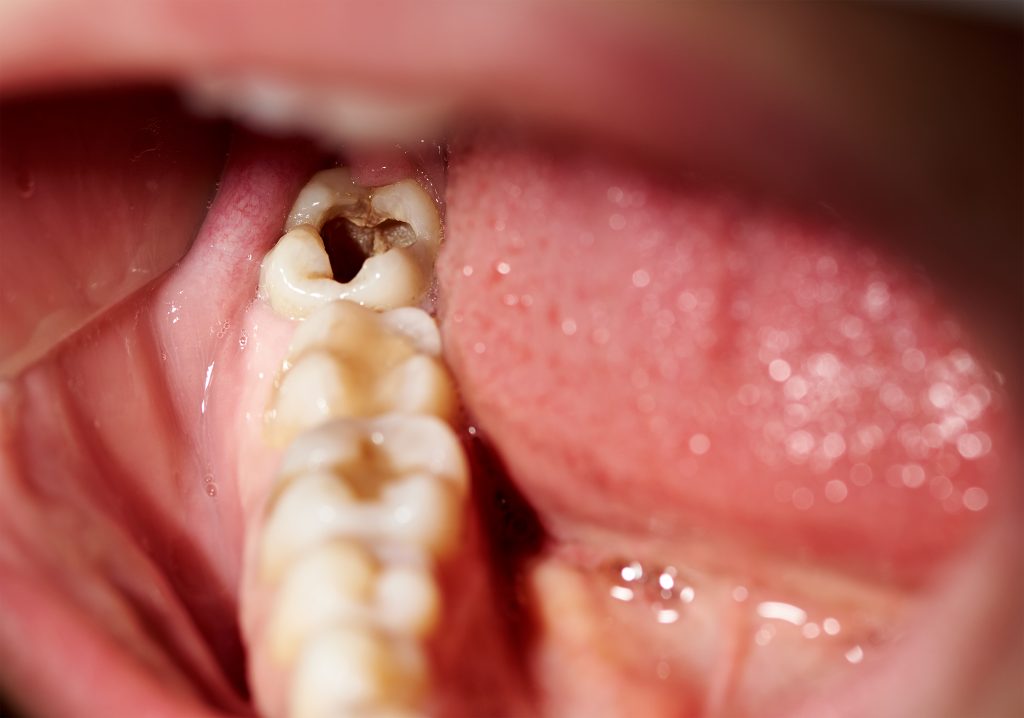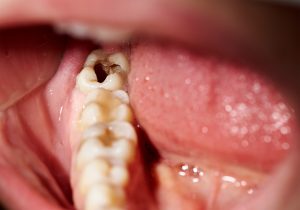
Since most cavities in children and adolescents develop in the molars (the back teeth), it’s best to get these teeth sealed as soon as they come in:
- The first permanent molars—called “6-year molars”—come in between the ages of 5 and 7.
- The second permanent molars—“12-year molars”—come in when a child is between 11 and 14 years old.
Take your child to the dentist for regular check-ups. Visit a dentist regularly for cleanings and an examination. During the visit the dentist or hygienist will:
- Remove dental plaque and calculus.
- Check for any areas of early tooth decay.
- Show you and your child how to thoroughly clean the teeth.
- Apply a fluoride gel or varnish, if necessary.
If you, your family or friends need dental care, we would be honored to provide you with state-of-the-art dental care in our modern dental practice. Refer someone you love to someone you trust!
Presented as a service to the community by Doctors Hoover and Yanda,
39 Milford Drive, Hudson, Ohio 44236. 330-650-0360. www.drshooverandyanda.com

 Make sure your child brushes! Brushing with fluoride toothpaste is important for preventing cavities. Here’s what you should know about brushing:
Make sure your child brushes! Brushing with fluoride toothpaste is important for preventing cavities. Here’s what you should know about brushing: Keep an eye on how often your child eats, as well as what she eats.
Keep an eye on how often your child eats, as well as what she eats.
 Fluoride is a mineral that can prevent tooth decay from progressing. It can even reverse, or stop, early tooth decay.
Fluoride is a mineral that can prevent tooth decay from progressing. It can even reverse, or stop, early tooth decay. Our mouths are full of bacteria. Hundreds of different types live on our teeth, gums, tongue and other places in our mouths. Some bacteria are helpful. But some can be harmful, like those that play a role in the tooth decay process. Tooth decay is the result of an infection with certain types of bacteria that use sugars in food to make acids. Over time, these acids can create a cavity in the tooth.
Our mouths are full of bacteria. Hundreds of different types live on our teeth, gums, tongue and other places in our mouths. Some bacteria are helpful. But some can be harmful, like those that play a role in the tooth decay process. Tooth decay is the result of an infection with certain types of bacteria that use sugars in food to make acids. Over time, these acids can create a cavity in the tooth.
 Researchers have observed that people with gum disease (when compared to people without gum disease) were more likely to develop heart disease or have difficulty controlling blood sugar. Other studies showed that women with gum disease were more likely than those with healthy gums to deliver preterm, low birth-weight babies.
Researchers have observed that people with gum disease (when compared to people without gum disease) were more likely to develop heart disease or have difficulty controlling blood sugar. Other studies showed that women with gum disease were more likely than those with healthy gums to deliver preterm, low birth-weight babies.
 People usually don’t show signs of gum disease until they are in their 30s or 40s. Men are more likely to have gum disease than women. Although teenagers rarely develop periodontitis, they can develop gingivitis, the milder form of gum disease. Most commonly, gum disease develops when plaque is allowed to build up along and under the gum line.
People usually don’t show signs of gum disease until they are in their 30s or 40s. Men are more likely to have gum disease than women. Although teenagers rarely develop periodontitis, they can develop gingivitis, the milder form of gum disease. Most commonly, gum disease develops when plaque is allowed to build up along and under the gum line.
 When a woman becomes pregnant, she knows it is important to maintain a healthy lifestyle to ensure both her own health and the health of her baby. It is important for pregnant women to maintain periodontal health as well. Research has indicated that women with
When a woman becomes pregnant, she knows it is important to maintain a healthy lifestyle to ensure both her own health and the health of her baby. It is important for pregnant women to maintain periodontal health as well. Research has indicated that women with